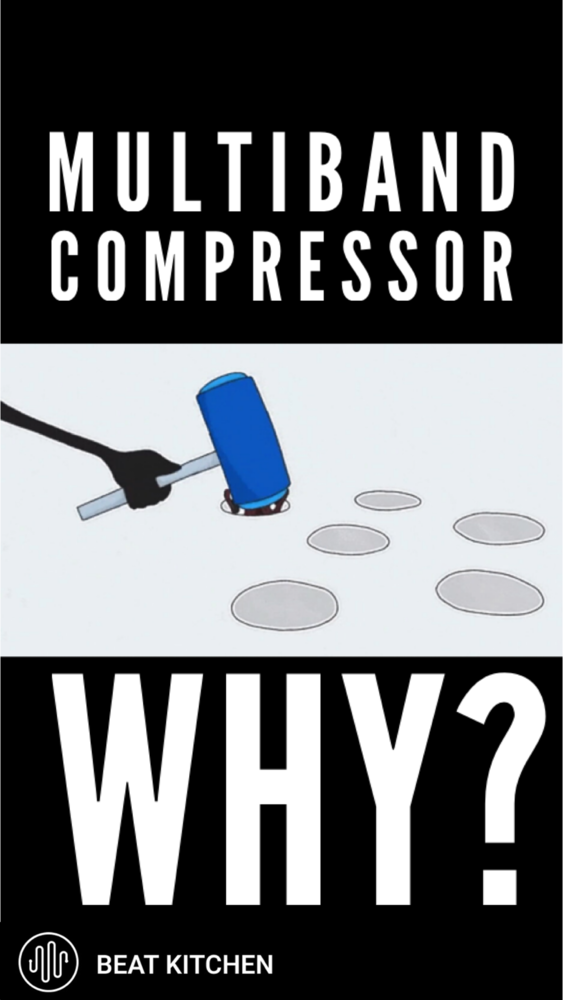The practical application of a multiband compressor comes into focus when you consider not just how it differs from a regular compressor, but how it differs from a traditional equalizer. Nearly every sound you hear contains a broad swath of frequencies, starting with the lowest pitch an instrument can produce and typically extending into the upper frequencies. An equalizer operates under the same paradigm as an optical filter, like sunglasses.
It operates on the entire signal indiscriminately. But a multiband compressor allows us to turn down specific frequencies only when they exceed a certain amount. That doesn’t just leave the adjacent frequencies untouched, gets out of the way when it isn’t needed.
Let’s look at this synth patch with a wide spectrum of evolving sounds. I like it except for this part. Ideally, I would address this at the source, but if I couldn’t, a multiband compressor might be my jewel of choice.
Target the frequency, identify the point where it’s too loud, and buckle it down, but only where it gets out of hand. This could have been a hi-hat leaking into a guitar track. It could have been overly sibilant S’s in a vocal.
A de-esser is often a multiband compressor. You can also think about it as a tool to discriminately tame dynamics, clamping down the signal like it came a whack-a-mole to make the track as loud as possible. But that’s not always a good idea, right?
Either way, just because it does more stuff doesn’t make it the better tool for the job. Use it when you need it. I just shared with you a couple reasons why you might.
If you want to learn more about music production, follow Beat Kitchen, check out our workshops, our classes, and share this post with someone who belongs in a Beat Kitchen class.

